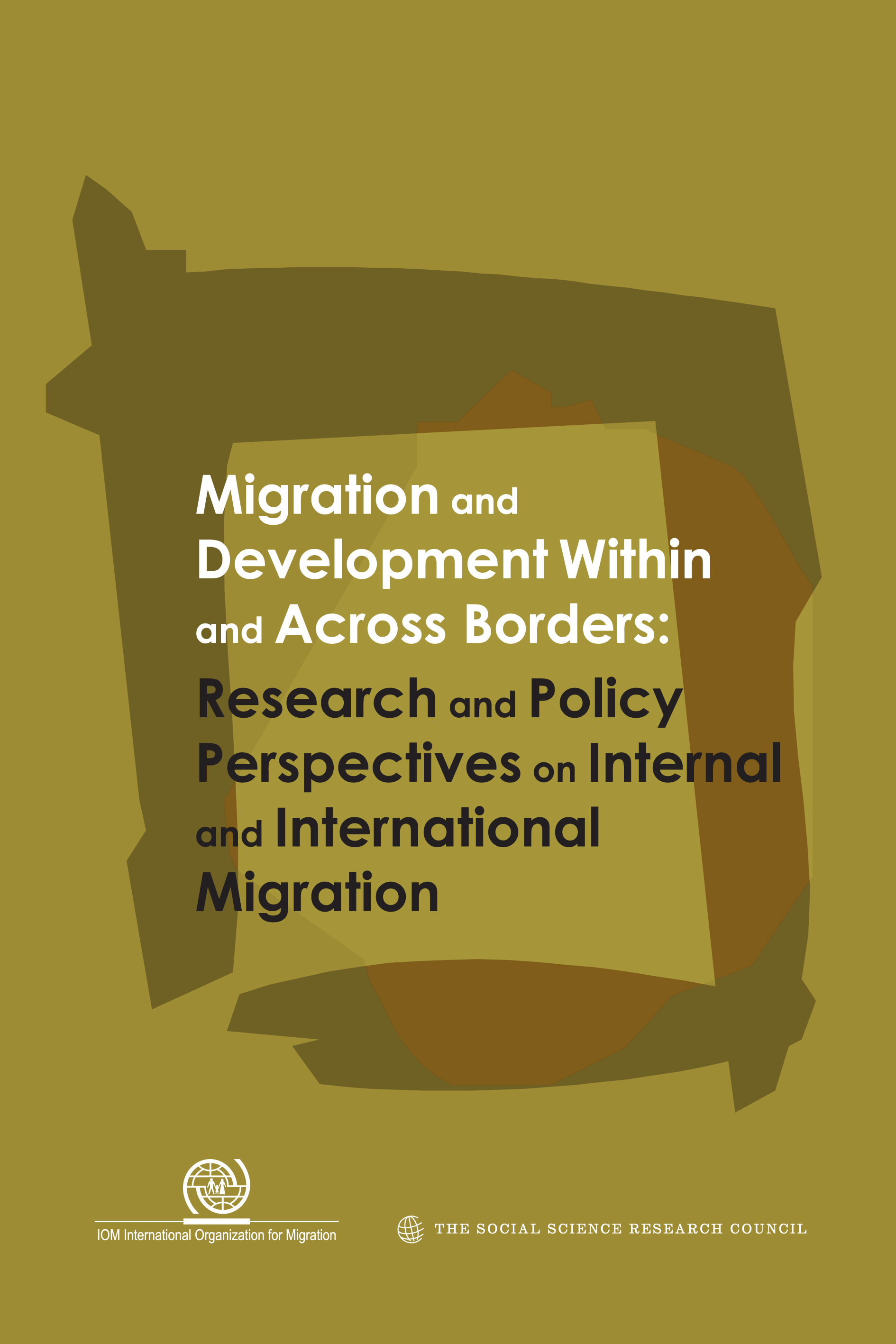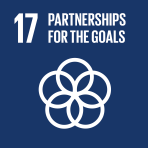International Migration and Development: The Case of China

- Author: International Organization for Migration
- Main Title: Migration and Development Within and Across Borders , pp 273-302
- Publication Date: September 2022
- DOI: https://doi.org/10.18356/9789210021821c012
- Language: English
The reciprocal relationship between international migration and development has long been a topic of research for students of international migration. On the one hand, the issue of how development affects international migration has been rather well established (Hatton and Williamson 1998; Massey 1988). On the other hand, the question of how international migration influences development in migrant-sending communities is still hotly debated. For a long time, the field seems to have been dominated by a sense of pessimism as reflected in studies which find that remittances are mainly used in consumption, with very limited investment in production, and that remittances create a cycle of dependency that hinders development of the migrant-sending community. Taylor et al. (1996b) sum it up by stating, “Prior investigators have also generally concluded that emigration undermines the prospects of economic growth” (397). Much of this line of research was based on studies using the case of Mexican migration to the United States. The debate began to shift in recent years mostly as the result of work conducted by scholars such as Edward Taylor and Douglas Massey and his associates. Through careful studies based on both Mexico and the United States, these scholars painted a rather positive picture of the impact of international migration on migrant-sending communities.
-
From This Site
/content/books/9789210021821c012dcterms_title,dcterms_subject,pub_keyword-contentType:Journal -contentType:Contributor -contentType:Concept -contentType:Institution105



